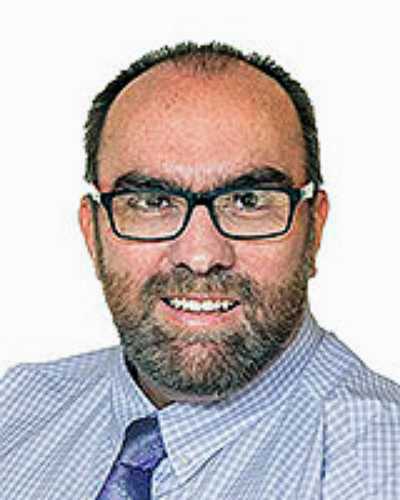Now published, see the full article 
Early Abstract:
Objective: An adequate healthcare workforce remains essential for the health of rural communities. Strategies to address rural health workforce challenges have often centred on the medical and nursing workforce, however, addressing the rural pharmacist workforce also remains critical as they are often the first point of contact for health advice. Initiatives have increased pharmacist supply, however, key issues such as poor attraction, recruitment, and retention to rural areas remain. The aim of this study was to support the recruitment and retention of pharmacists in rural areas through the development of the Pharmacy Community Apgar Questionnaire (PharmCAQ).
Methods: A modified Delphi technique was employed to develop the PharmCAQ. A panel of experts were purposively selected. Eight representatives were from organisations with rural experience relevant to the study including the Society of Hospital Pharmacists of Australia, the Pharmaceutical Society of Australia, the Pharmacy Guild of Australia, the Pharmacy Board of Australia, and government health agency and public hospital. Three additional participants included local and international academics with health policy and rural health workforce expertise. All participants participated in three separate focus groups of 45-60 minutes duration, where the review and refinement of factors that drive recruitment and retention of pharmacist were discussed. Face and content validity was achieved through the representatives, while internal consistency was achieved when the tool was piloted among ten rural pharmacists in rural Victoria.
Results: Fifty key factors that impact the recruitment and retention of pharmacists were identified, developed, and succinctly described. All factors were grouped into five classifications: 1) Geographic, 2) Economic and Resources, 3) Practice and Scope of Practice, 4) Practice Environment and 5) Community Practice Support Factors. After final consensus, the factors and their definitions formed the final questionnaire. Lastly, the reliability of PharmCAQ was determined with a Cronbach’s Alpha coefficient of 0.852.
Conclusions: While the development and use of the Apgar questionnaire for the recruitment and retention of health professionals is not a novel idea, seeking to specifically focus on pharmacists is unique. However, ten factors were similar to factors associated with rural recruitment and retention of both physicians and nurses, which encompassed geographic, community support, and economic and resources. Regardless of similarities or differences between health professions in terms of recruitment and retention, as a mechanism for addressing the worsening health professional shortage currently experienced in rural areas, the PharmCAQ was developed to support the recruitment and retention of the pharmacist workforce in rural areas.







